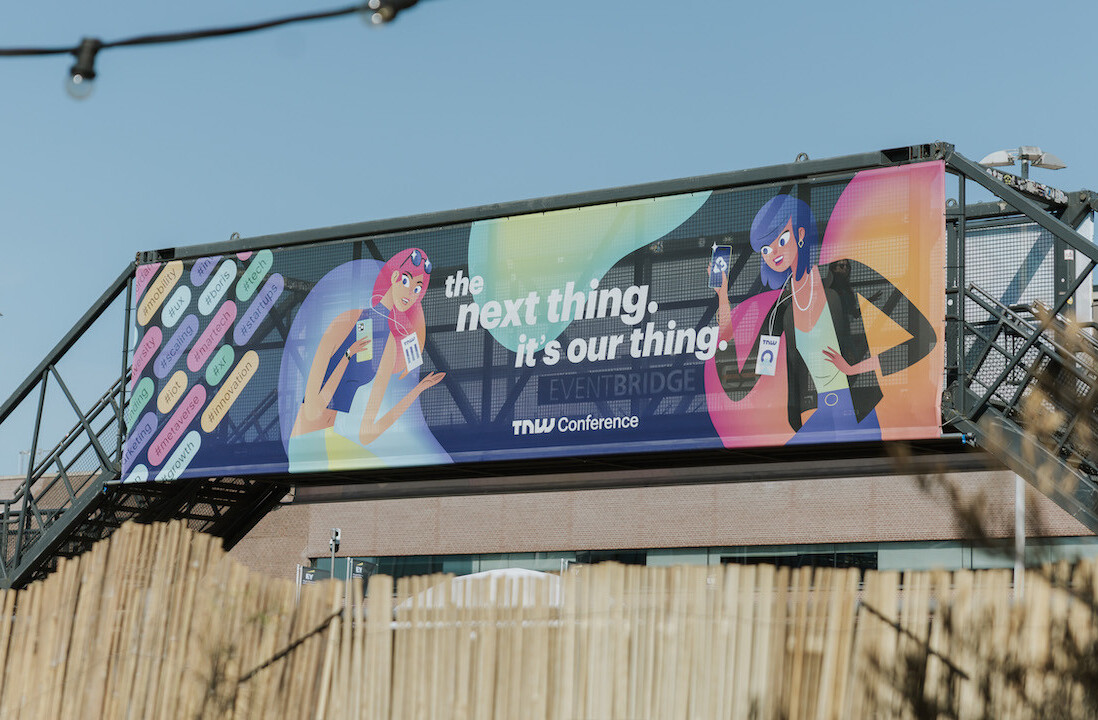
I’m a big advocate of bootstrapping a startup’s growth rather than taking on VC funding. It’s an approach I took from day one with my company and it undoubtedly contributed to our success.
I want other startup founders to know that it’s possible to build a wildly successful SaaS business without VC funding, angel investors, or taking on shoulder-crushing traditional debt.
Those who have bootstrapped a startup previously will more than likely relate to the lessons I’m going to touch on, which I hope will inspire and help those who are looking to start their first business.
We didn’t use any top-secret growth hacks or have game-changing connections in the early days of Maropost. We started at zero and grew our user base and MRR entirely bootstrapped throughout the years.
Whether you have struck out in pursuit of funding or simply don’t want to give up equality and face possible dilution down the line, I hope my lessons inspire you to consider bootstrapping and take the entrepreneurial leap.
1. Focus on building a brand from day one
The only way you will differentiate your company from the other options available is to have a strong brand, from the name of your company to its messaging. We put a lot of thought into branding from the beginning.
It’s much harder to backtrack and try to establish a brand down the line if you realize you swung and missed. A company may offer a quality product or service, but a generic non-brandable name will leave them sitting dead in the water.
There is an element of trust associated with a strong brand name. With a SaaS, the name is extremely important. A strong brand name is short and unique, while also having unlimited branding potential. I felt “Maropost” checked all of the boxes.
2. Get your MVP to market quickly for valuable feedback
Many founders want to wait until their product is deemed “perfect” in their eyes before launching. This is the worst mistake you can make — it’s never going to be perfect. Get your MVP (minimum viable product) live ASAP, and get it in as many hands as possible.
The early feedback and input you receive will allow you to make a much better product that the masses will love. If you keep waiting for perfection and delaying, you will never launch. This is also a great way to get a feel for overall interest and set realistic early revenue goals.
I’m a perfectionist just like every entrepreneur, but I learned first-hand the importance of getting your product into the hands of users quickly provides you with invaluable feedback. This ultimately helps you to build a much better product.
To this day we continue to listen to our users and take their feedback seriously when developing new features. Listen to your users — they are your most valuable asset.
3. Make profitability a focus and know your numbers
Being self-funded forces you to know your numbers. Each month’s budget is determined by what you made the month prior. I quickly learned the importance of knowing our numbers and I believe it makes you a much more disciplined founder when you are not spending someone else’s funds.
When you are bootstrapped you have to generate revenue to stay above water — there are no other options. It’s sink or swim, and that pressure will force you to make running a profitable company a priority.
I would highly suggest that you re-invest every possible dollar back into your business. When you start out you will be running as lean as possible — we were in the same boat. Once we became more profitable we kept the same bootstrap mentality, re-investing into the business.
The difference down the road is that you now have other options — you can put more money towards content marketing, paid advertising, etc. — to fuel your customer acquisition growth.
Even when the flood gates open and your profitability increases, continue to run a tight ship budget-wise and use your money intelligently. The more focused you are on profitability, the more cash you can deploy into growth initiatives. This is how we were able to scale to the point we are at now.
4. Hire the best talent slow and fire fast when necessary
Your business is only as good as its employees. They represent your brand and they are ultimately the reason your business experiences success and growth. I made it a point to always hire the best talent for every position, from entry-level to executive.
Take your time during the search process. With so much technology available to aid your search for the best candidates there is never a shortage of applicants. I made it a point to be highly diligent, continuing to barrow down the candidates until I found the best person for the role.
Not every hire will be your best, either, and that is to be expected. Sometimes it’s a bad judge of character or you may have been rushed due to fast growth and the immediate need to fill a position.
If you have a bad hire fire them as quickly as possible. I’ve learned that people typically don’t change — the sooner you remove a problematic employee the better. Trust me; the damage will be far more severe if you keep a cancerous employee around.
5. Automate everything you can
I love automation, and I have found that it can be one of the most crucial aspects when it comes to scaling and growth. There are services, SaaS tools, and apps that can help you automate so many different parts of your business and its operations.
From automated payment and billing notifications to onboarding and feature emails, we have streamlined as much as possible. This frees up your team to focus on the most important tasks.
This doesn’t mean that you should rely entirely on automated workflows — some parts of your business still need that human touch to satisfy the needs and wants of your customers.
Finding the perfect balance between automation and human interaction will vary greatly from company to company. It’s important to find the balance that works best for your business.
Get the TNW newsletter
Get the most important tech news in your inbox each week.




